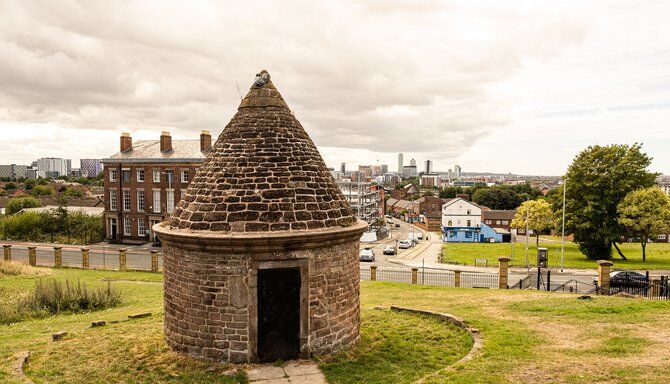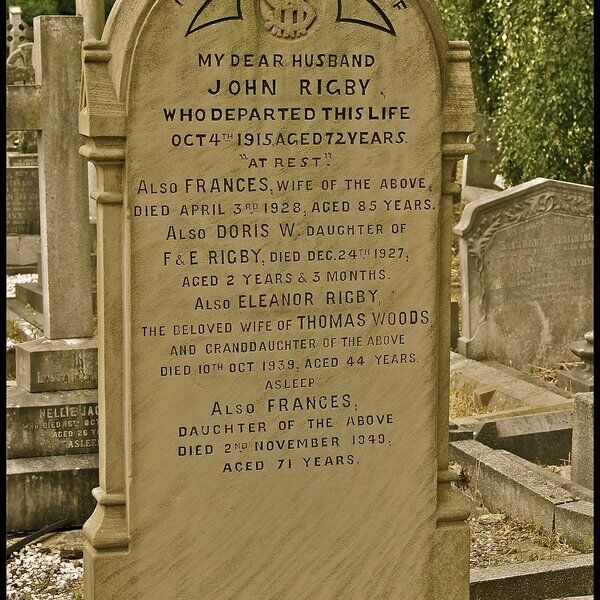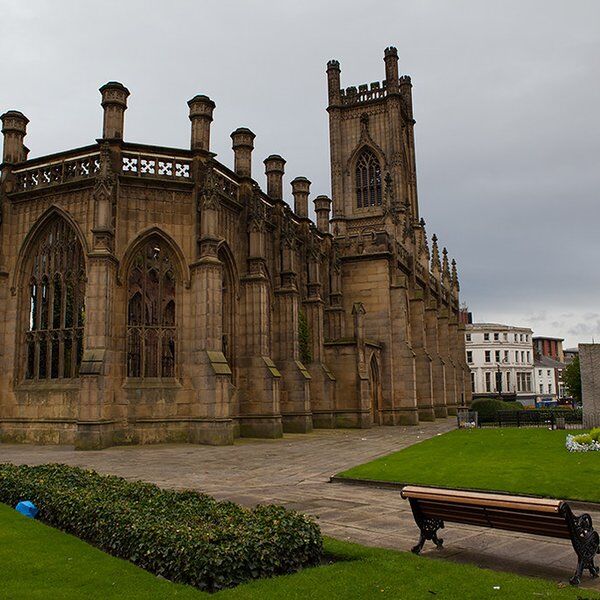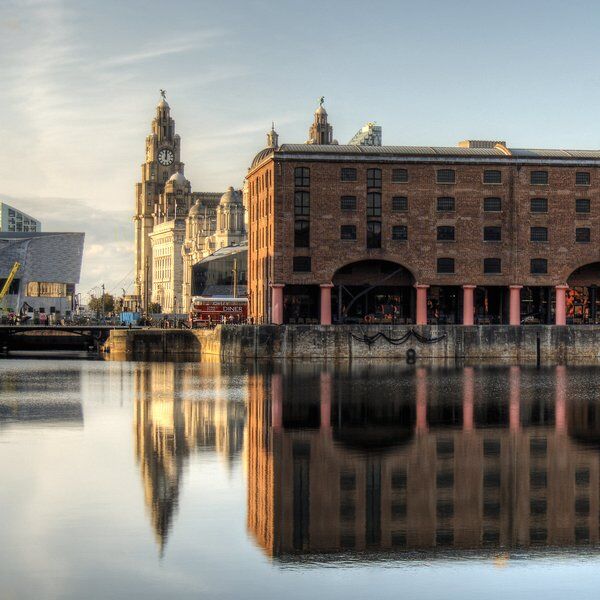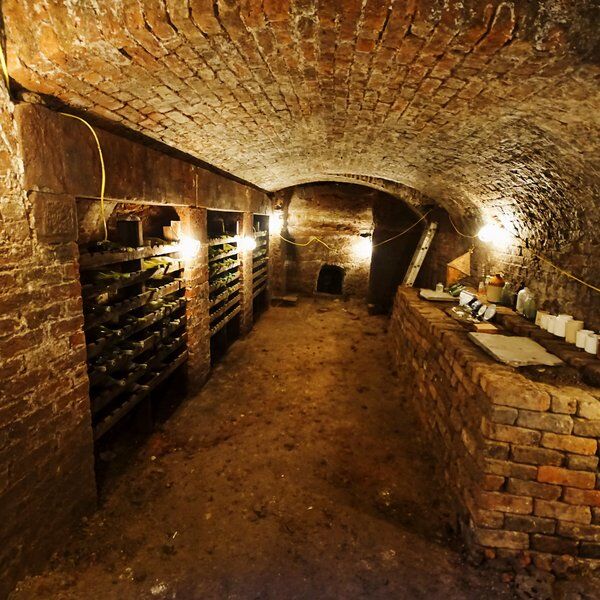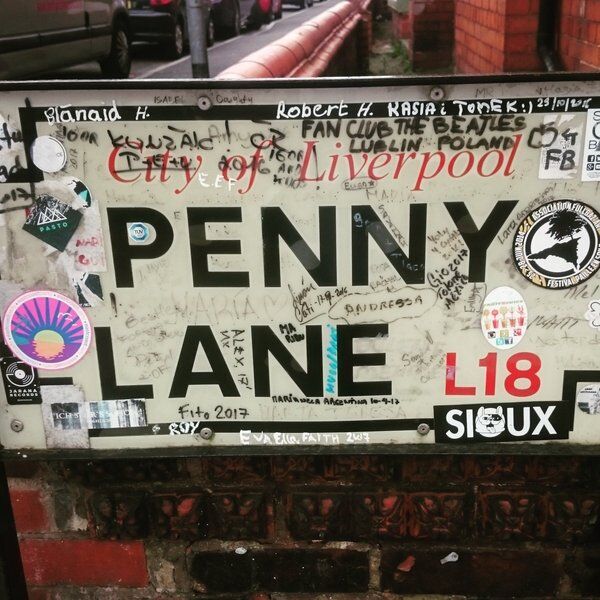Discover Prince Rupert's Tower in Liverpool
Prince Rupert’s Tower is an intriguing structure situated on Everton Brow in Liverpool. Commonly referred to as Everton Lock-Up, this Grade II-listed building is one of the few remaining Georgian lock-ups in the city, alongside its counterpart in Wavertree. Initially created in the 18th century, it would house inebriated individuals and minor wrongdoers overnight. These offenders would face the local magistrate the next day, often receiving community-based sentences such as clearing drains or removing rubbish. In recent years, it has come to symbolise a deep connection to the local community with its place of honour in Everton F.C.'s crest.
As part of the Everton Park Heritage Trail, the Friends of Everton Park have highlighted the lock-up, showcasing its historical importance through informative boards nearby. While modest in appearance, Prince Rupert’s Tower is the memory of a time before modern policing, where such lock-ups played a crucial role in maintaining order in villages and towns across England and Wales.
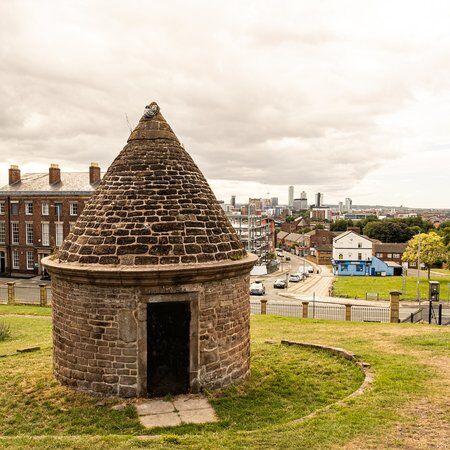
The History behind Prince Rupert’s Tower
Origins and Early Scrutiny
In 1787, Everton saw the erection of Prince Rupert's Tower, initially designated as a lock-up. However, by the dawn of the 19th century, its amenities were being criticised. Robert Syers, in his book "The History of Everton" (1830), voiced discontent over its cramped confines and advocated for its obliteration.
Syers's account also explores a robbery saga from 1812, where felons clashed with Liverpool's law enforcement. Some of the apprehended wrongdoers found themselves confined within Prince Rupert's Tower, highlighting its usage.
Despite its Evertonian ties, the tower's genesis can be traced to the precincts of Kirkdale, whose authorities sanctioned a lock-up within Everton. Syers's inquiry into this arrangement kindled discourse on the tower's rightful residency within the borough.
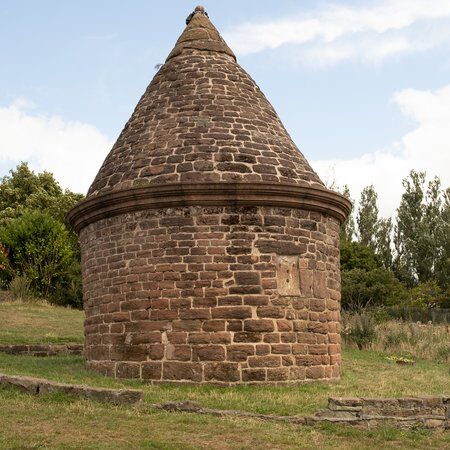
Naming Prince Rupert’s Tower
Prince Rupert of the Rhine, a Royalist commander in the English Civil War, bestowed his moniker upon the tower. Hailing from Bohemia in 1619, he emerged as a pivotal figure during the Siege of Liverpool in 1644, where he famously disparaged Liverpool Castle. Despite facing adversities and exile, Rupert's indelible imprint endured, enshrined in landmarks like Prince Rupert's Tower.
Prince Rupert’s Tower: A Symbol of Everton’s Identity
Originally, the club's identity was represented solely by its iconic blue shirts and white shorts, with no official badge. It wasn't until 1938 that the depiction of Prince Rupert's Tower and laurel wreaths began to appear on Everton jerseys spearheaded by Club Secretary Theo Kelly. Ever since, the emblem has become synonymous with the passion and pride of Liverpool's football community.
While traditional soccer badges often feature fierce animals or symbols of strength, Everton's crest, since the beginning, has been distinguished by its simplicity and connection to local heritage. The significance of this association was officially recognised in 2003 with the addition of a plaque commemorating its importance to the club.
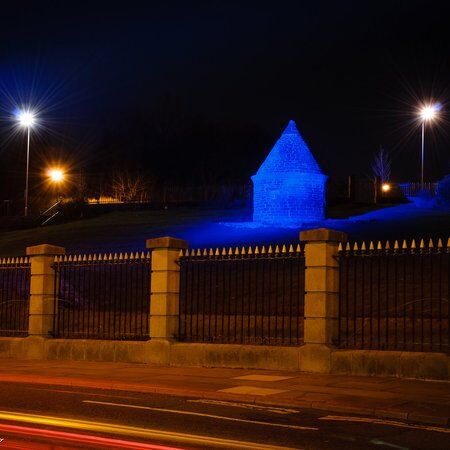
The tower's proximity to Goodison Park, the club's stadium, underscores its significance in Everton's history. Despite being closer to Anfield, the home of rival club Liverpool F.C., Prince Rupert's Tower remains partl of Everton's identity.
In May 1997, Everton contributed £15,000 towards the renovation of the tower, underlining its commitment to preserving this piece of local history. Furthermore, in February 2014, Everton Lock-Up was permanently illuminated in the club's distinctive blue colour, cementing its place as a symbol of pride for Evertonians.
Visiting Prince Rupert’s Tower
While Everton FC extended financial aid for the tower's rejuvenation in 1997, custodianship now rests with the Liverpool City Council and its protection is safeguarded by law. Guided tours, led by knowledgeable guides reveal the tower’s history while also delving into local stories and folklore. Amidst tales of Everton's football legacy, visitors glean insights into the role the tower played and hear anecdotes of legendary players who graced the club's ranks.
Next to Prince Rupert's Tower lies the peaceful Everton Park Nature Garden. After admiring the tower, it is worth entering the garden to stroll around, sit and enjoy a picnic, and take in the wildlife. For history enthusiasts, Liverpool unfolds beyond the tower's confines. The majestic Liverpool Metropolitan Cathedral, an unusual architectural masterpiece, proudly protrudes from the skyline, while the Williamson Tunnels linger beneath. Likewise, Penny Lane and Eleanor Rigby’s Grave chronicles the city's beloved association with The Beatles.

Explore Liverpool with CityDays
The best way to discover more hidden gems around Liverpool is to take your time and, ideally, have a pre-planned route that takes you past all the noteworthy nooks and hidden gems.
We can help you there!
Our brand-new routes, The Port That Rocked and Evolution of An Icon combine the fun of an outdoor treasure hunt with the historic facts and whimsical trivia of a walking tour.
Answer riddles, solve puzzles and learn more about Liverpool's history in a new and interactive way!
Take the stress out of planning your visit to Liverpool and book your adventure today!
Not visiting Liverpool this time? Don’t worry, you’ll find us all over the world.
